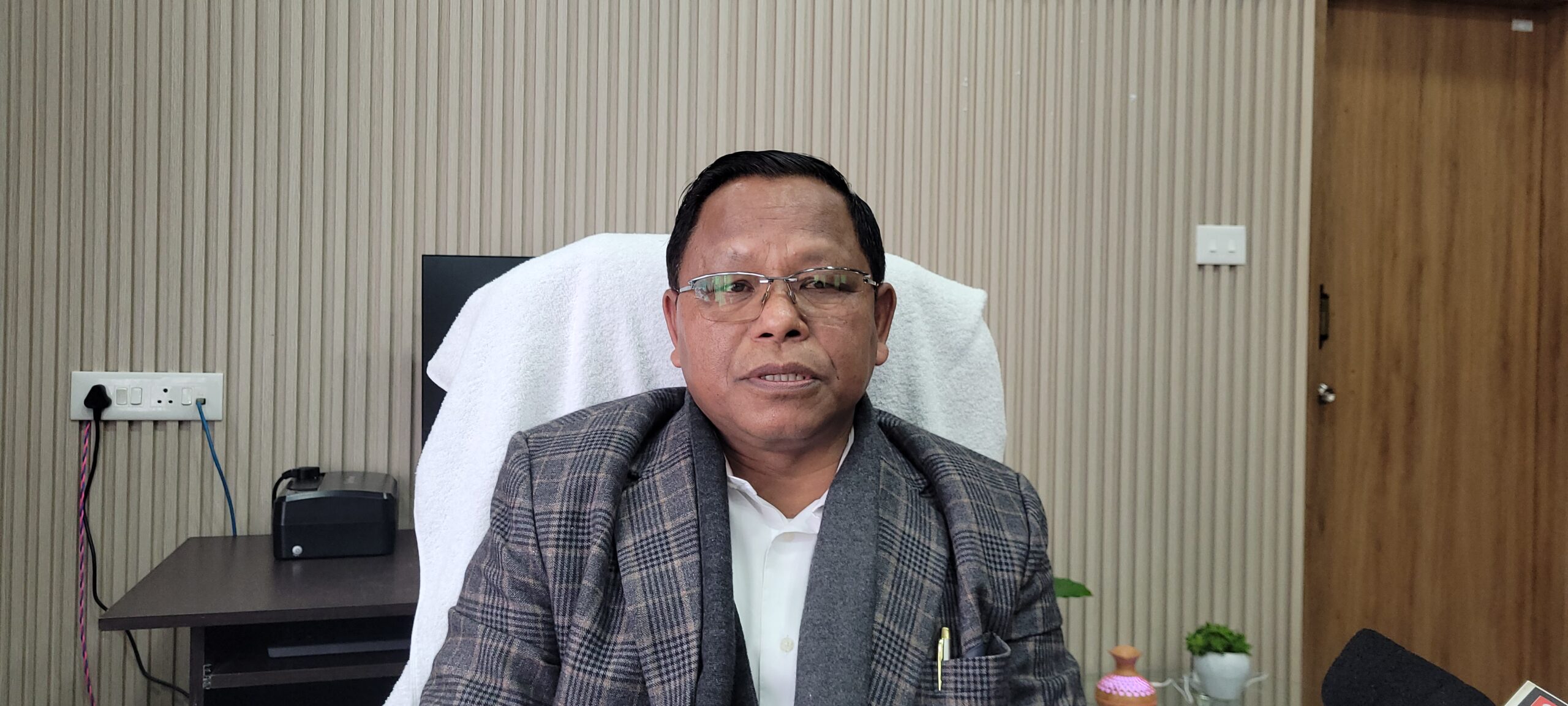Shillong, Feb 3,2025: Meghalaya is set to enhance its water security and combat climate change with the construction of 532 water storage facilities under the Climate-Adaptive Community-Based Water Harvesting Project. Funded by the Asian Development Bank (ADB), the initiative targets rural areas most affected by erratic rainfall and prolonged dry spells.
Soil & Water Conservation Minister Marcuise N Marak confirmed that the project is ready for implementation, with tenders already awarded. “It is under the Soil and Water Conservation Department,” he stated. “It’s called the Climate-Adaptive and Community-Based Water Harvesting Project. It has been tendered out, and work orders are being prepared. The first phase for Shillong, East Khasi Hills, has been sorted pending final ADB approval. Once approved, we will award the work to selected contractors and extend the project to Garo Hills as well.”
Marak indicated that work is expected to begin in February, with contractors selected through a technical and financial bidding process. “Contractors who qualify in the technical bid will have their financial bids opened. Based on these, work will be allotted, and the project launched immediately,” he said, expressing confidence that “most probably, we may launch it by February.”
While the exact number of projects in East Khasi Hills remains unconfirmed, the Minister emphasized that tenders had been floated across the state. The project is estimated to take between 24 to 36 months, with close monitoring by both ADB and the Soil & Water Conservation Department to ensure efficient execution.
In December, the Government of India and ADB formalized a $50 million loan agreement to facilitate the project. The agreement was signed by Juhi Mukherjee, Joint Secretary, Department of Economic Affairs, Ministry of Finance, and Mio Oka, Country Director of ADB’s India Resident Mission. The project will construct climate-resilient water storage structures across 12 districts, designed to capture and manage heavy monsoon rainfall and flash floods. These facilities will secure a reliable water supply during dry seasons, supporting agriculture and drinking water needs in vulnerable communities.


